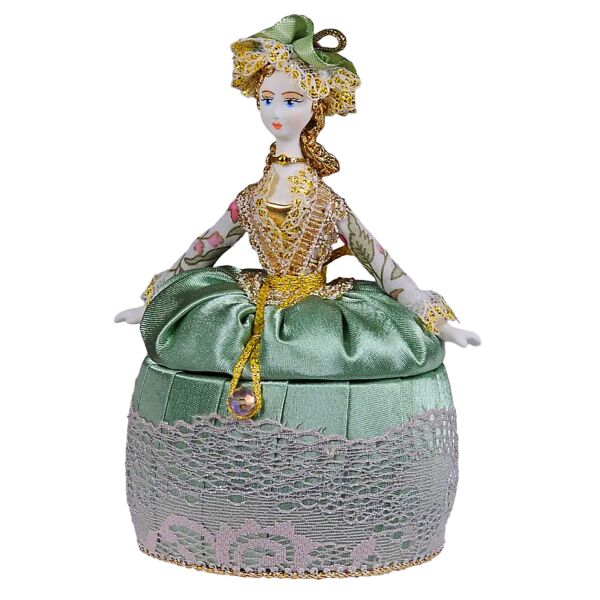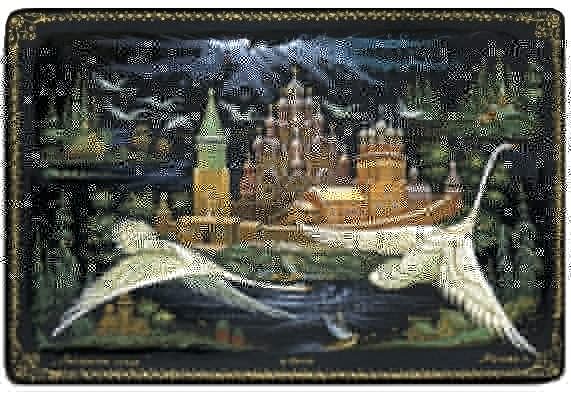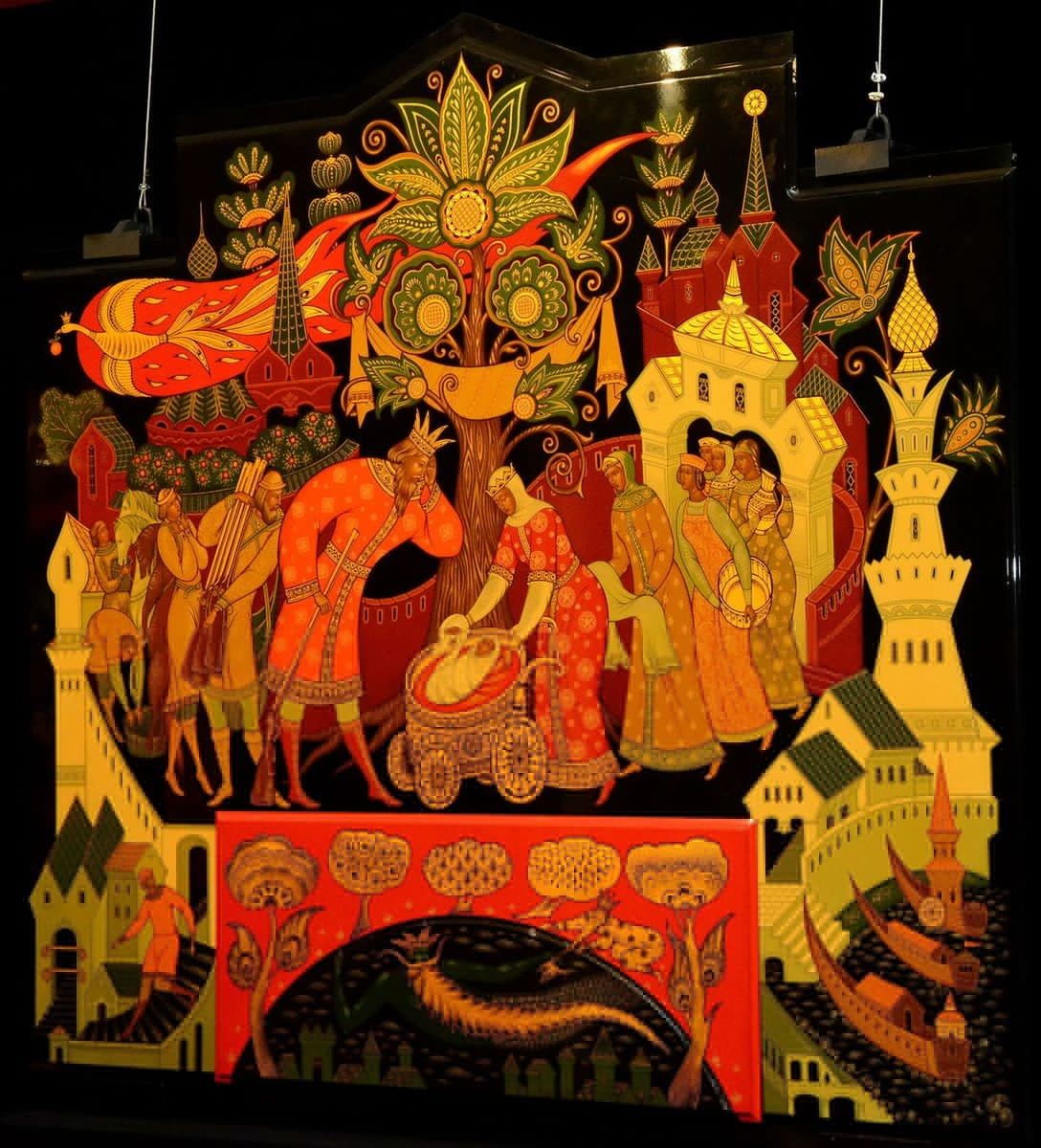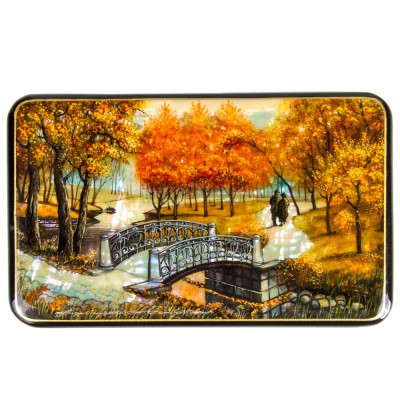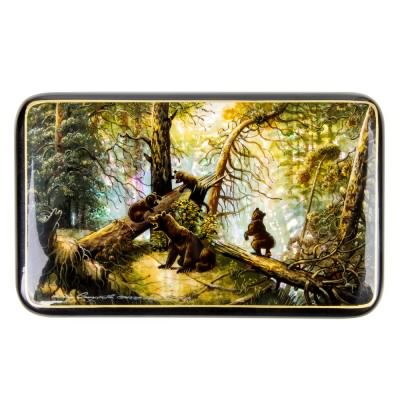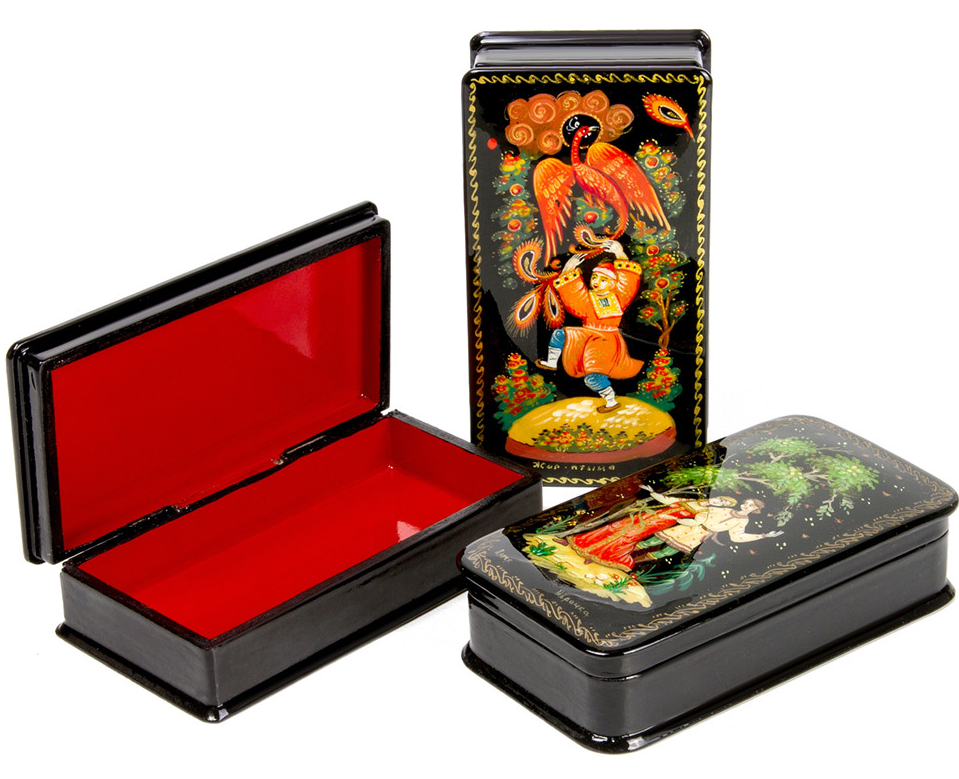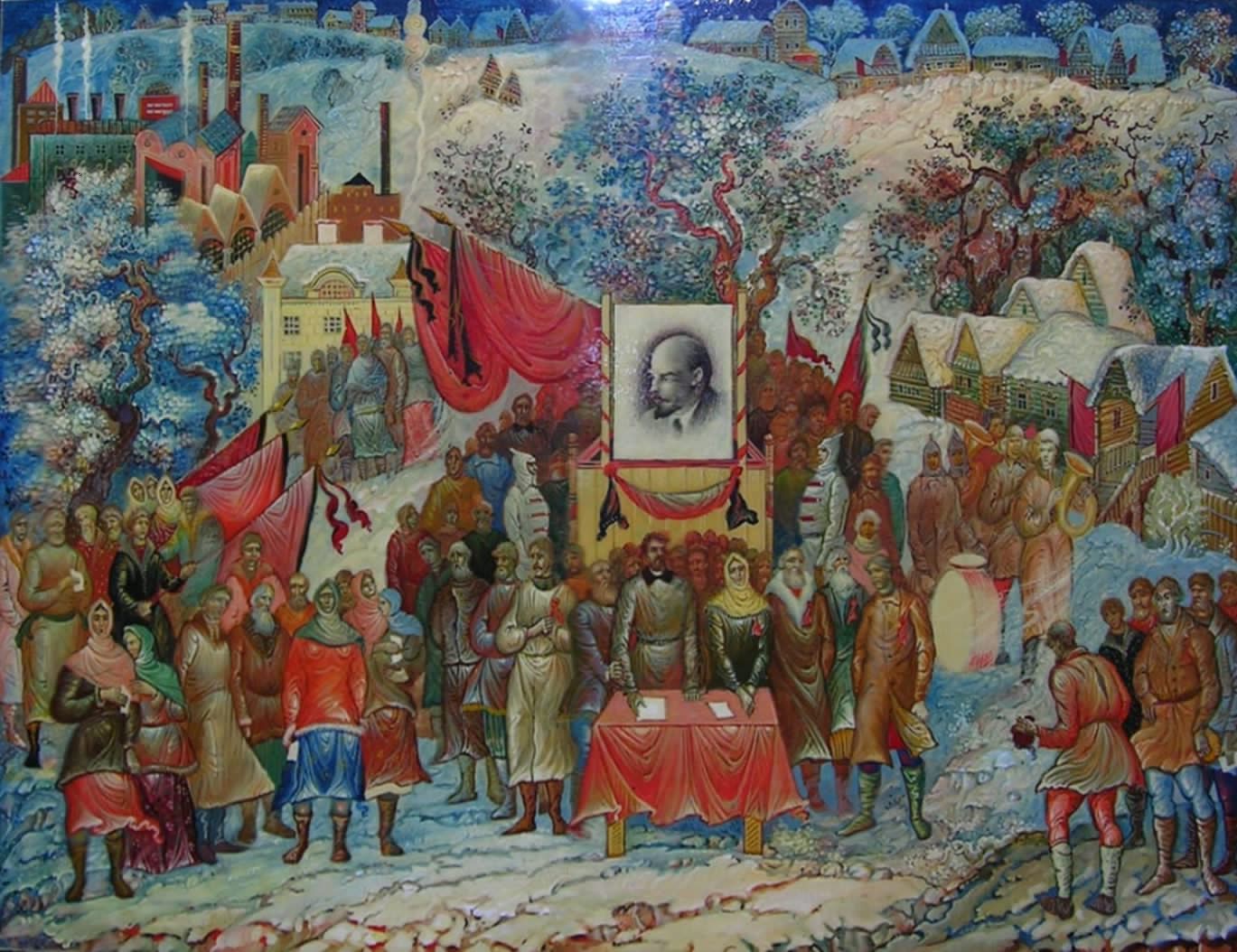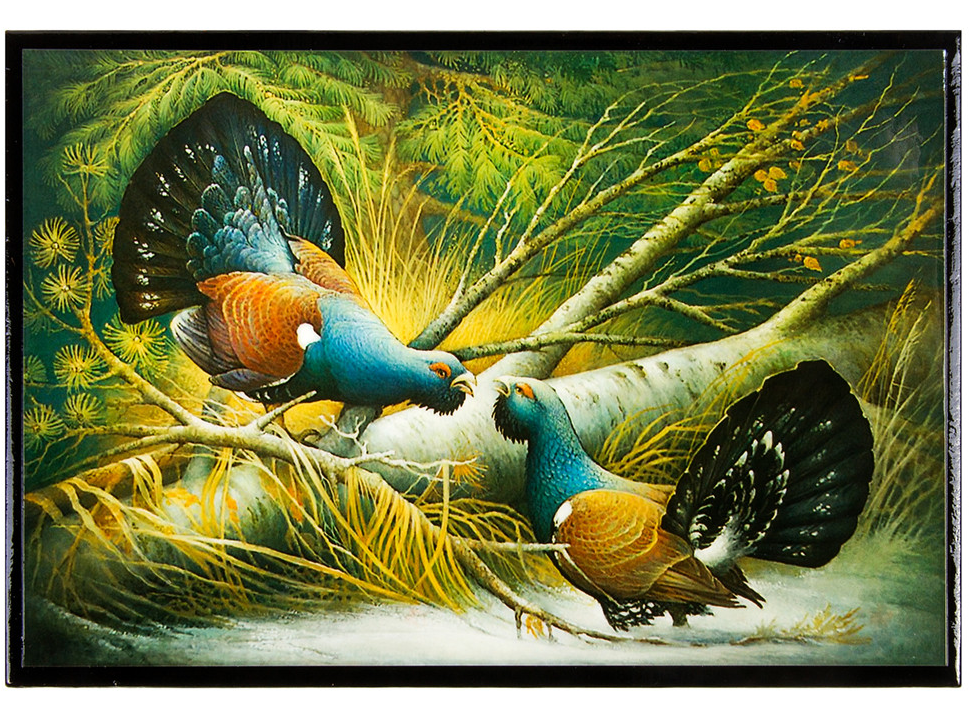Bestsellers
Go to filters
-
 $32.99 $24.00
$32.99 $24.00 -
 $32.99 $26.00
$32.99 $26.00 -
 $39.99 $32.00
$39.99 $32.00 -
 $14.99 $8.00
$14.99 $8.00 -
 $14.99 $9.00
$14.99 $9.00 -
 $39.99 $32.00
$39.99 $32.00 -
 $39.99 $32.00
$39.99 $32.00 -
 $29.99 $24.00
$29.99 $24.00 -
 $29.99 $24.00
$29.99 $24.00 -
 $29.99 $24.00
$29.99 $24.00 -
 $29.99 $24.00
$29.99 $24.00 -
 $14.99 $12.00
$14.99 $12.00 -
 $69.99 $56.00
$69.99 $56.00 -
 $149.99 $120.00
$149.99 $120.00 -
 $69.99 $49.00
$69.99 $49.00 -
 $69.99 $56.00
$69.99 $56.00 -
 $69.99 $56.00
$69.99 $56.00 -
 $69.99 $56.00
$69.99 $56.00 -
 $69.99 $56.00
$69.99 $56.00 -
 $69.99 $56.00
$69.99 $56.00 -
 $69.99 $56.00
$69.99 $56.00 -
 $69.99 $56.00
$69.99 $56.00 -
 $69.99 $56.00
$69.99 $56.00 -
 $29.99 $21.00
$29.99 $21.00 -
 $36.99 $30.00
$36.99 $30.00 -
 $24.99 $20.00
$24.99 $20.00 -
 $399.99 $280.00
$399.99 $280.00 -
 $69.99 $56.00
$69.99 $56.00 -
 $69.99 $56.00
$69.99 $56.00 -
 $69.99 $56.00
$69.99 $56.00



